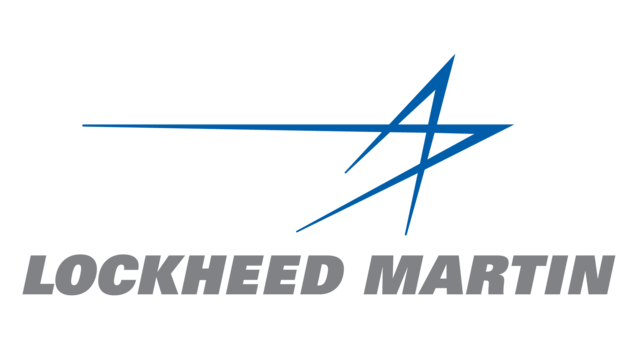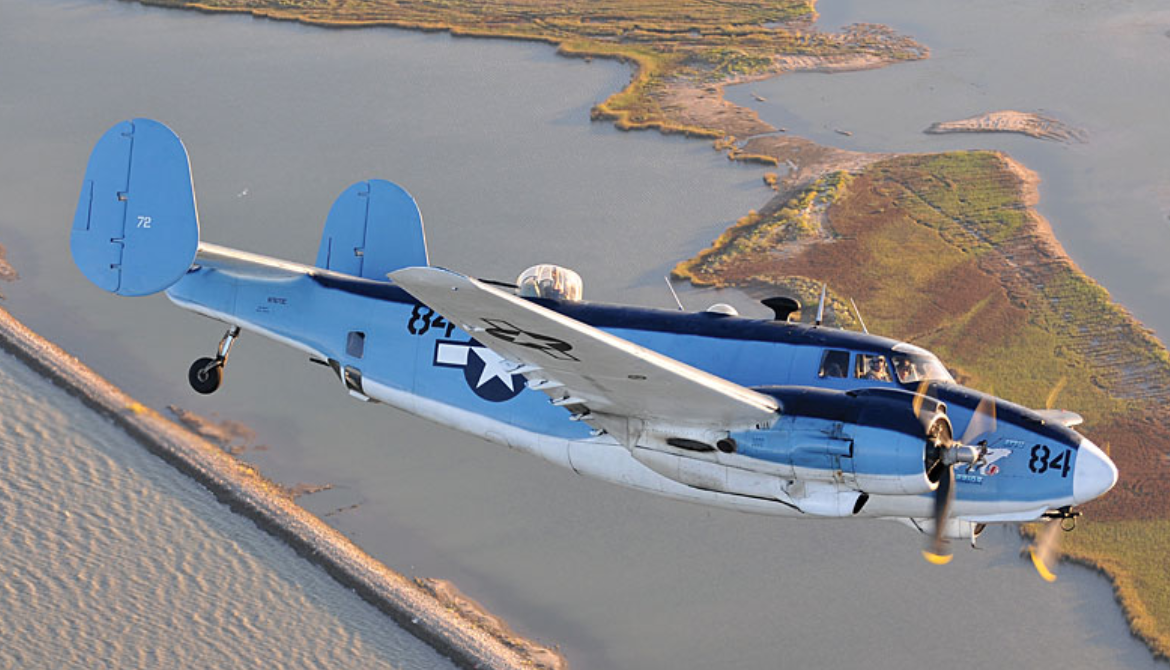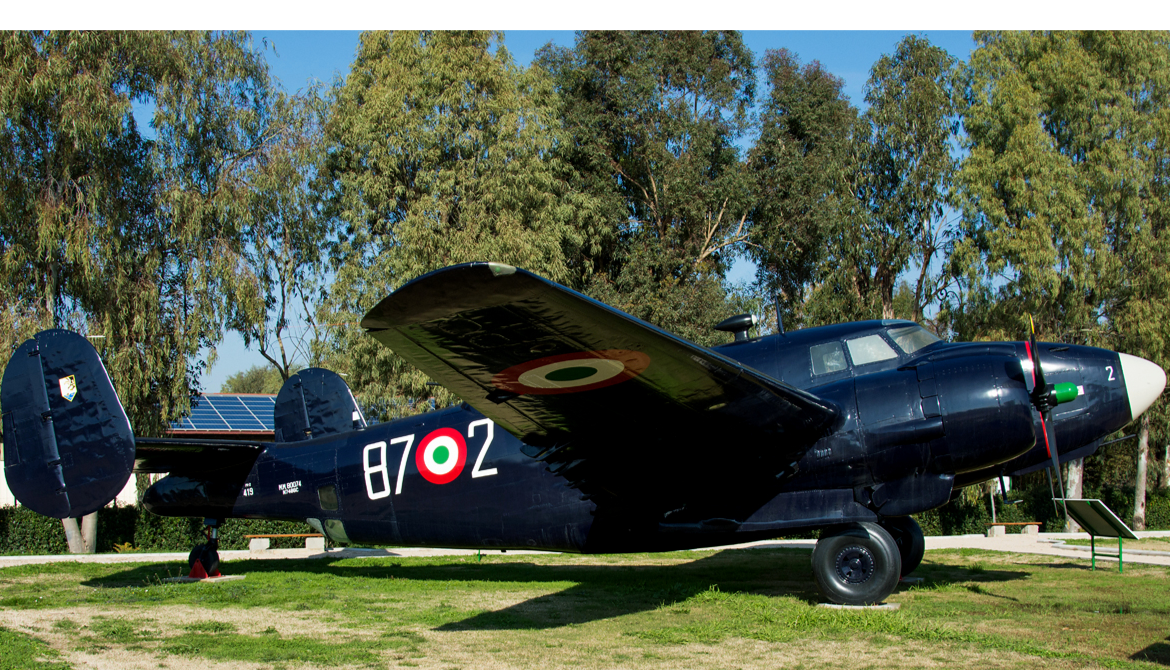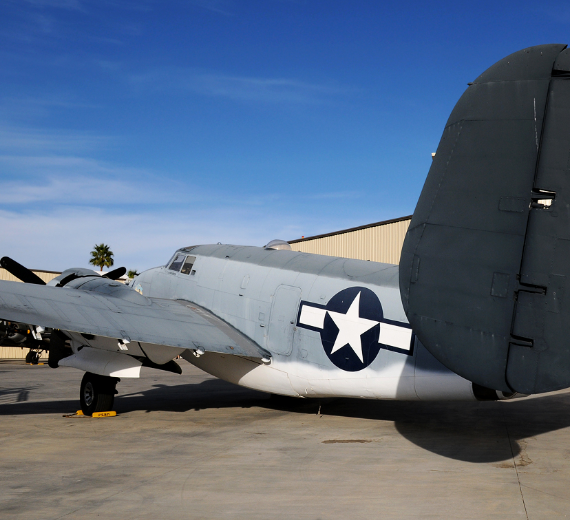Lockheed PV2 Harpoon
| Role | Patrol bomber |
|---|---|
| National origin | United States |
| Manufacturer | Lockheed Corporation |
| First flight | 31 July 1941 |
| Primary users | United States Navy |
| Number built | 3,028 |
| Developed from | Lockheed Model 18 Lodestar |
.
History Lockheed Aircraft Company
Lockheed P2-V Harpoon "Hot Stuff"

The Lockheed Ventura is a twin-engine medium bomber and patrol bomber of World War II.
The Ventura first entered combat in Europe as a bomber with the RAF in late 1942. Designated PV-1 by the United States Navy (US Navy), it entered combat in 1943 in the Pacific. The bomber was also used by the United States Army Air Forces (USAAF), which designated it the Lockheed B-34 (Lexington) and B-37 as a trainer. British Commonwealth forces also used it in several guises, including antishipping and antisubmarine search and attack.
At the start of the war, Lockheed proposed military conversions of the Lodestar for the RAF as replacement for the Hudson reconnaissance aircraft and the Bristol Blenheim bomber. The first British order was placed in February 1940 for 25 Model 32 as bombers. This was followed by an order for 300 Model 37 with Double Wasp engines, then for a further 375 later in 1940. Lockheed needed more production capacity and nearby Vega Aircraft Corporation was contracted for building the Ventura..
PV-2 Harpoon




0
KmCeiling
0
KmRange
0
km/hAircraft Speed
0
Max Crew
Photo Gallery
Lockheed Aircraft Company
Lockheed PV2 Harpoon "Hot Stuff"


Lockheed Aircraft Company
Lockheed PV2 Harpoon "Hot Stuff"
General characteristics
-
- Crew: 6
- Length: 51 ft 5 in (15.7 m)
- Wingspan: 65 ft 6 in (20 m)
- Height: 11 ft 10 in (3.6 m)
- Wing area: 551 sq ft (51.2 m2)
Powerplant
-
- Empty weight: 20,197 lb (9,161 kg)
- Gross weight: 31,000 lb (14,061 kg)
- Max takeoff weight: (15,422 kg)
- Powerplant: 2 × Pratt & Whitney R-2800 radial engines, 2,000 hp (1,500 kW)
Specifications
-
- Maximum speed: 322 mph (518 km/h
- Cruise speed: 230 mph (370 km/h,
- Range: 1,660 mi (2,670 km, 1,440 nmi)
- Ferry range: 2,600 mi (4,200 km,)
- Service ceiling: 26,300 ft (8,020 m)
Performance
- Guns:
- 4 × .50 BMG (12.7 mm) Browning M2 machine guns
- 2 × .30 cal. (7.62 mm) M1919 Browning machine guns
- Bombs:
- 3,000 lb (1,400 kg) general ordnance or
- 6 × 325 lb (147 kg) depth charges or
- 1 × torpedo
-
Links to Youtube & Others
Lockheed PV-2 Harpoon, U.S. Navy Bureau Number 37396 , civil registration N7265C, named "Hot Stuff"
Lockheed Aircraft
Lockheed PV2 Harpoon
The aircraft, an intact example of a World War II anti-submarine patrol bomber,.
Youtube Link
The aircraft, an intact example of a World War II anti-submarine patrol bomber,











.png)


